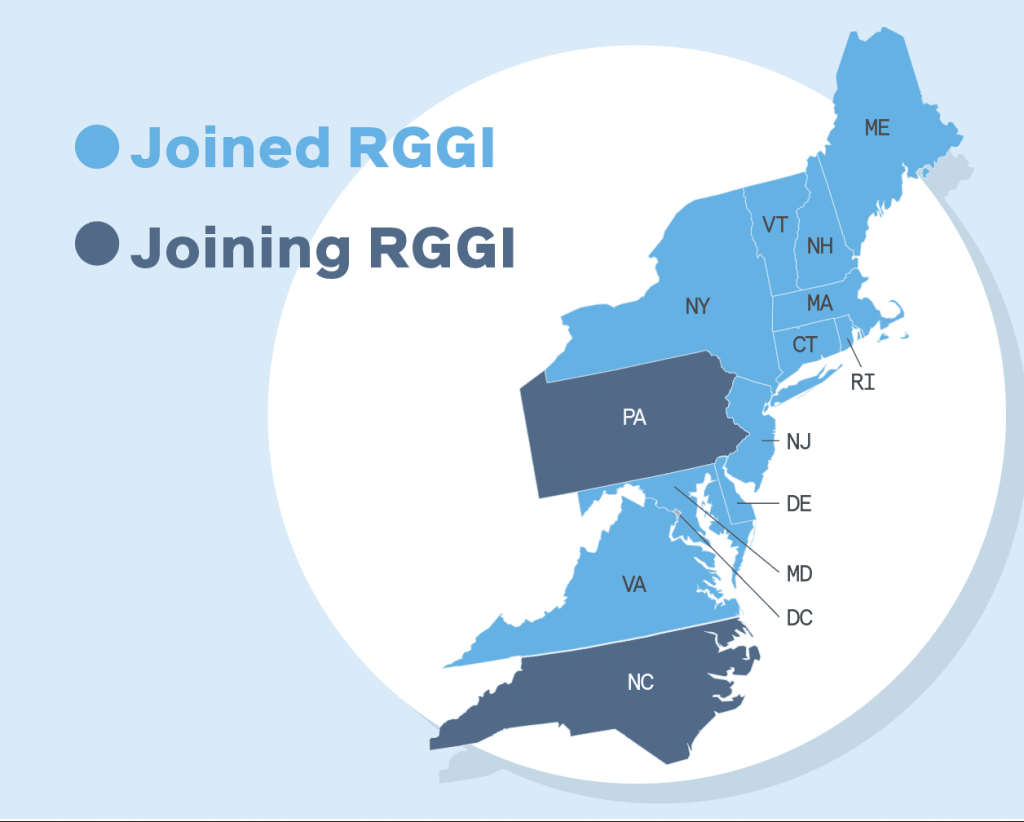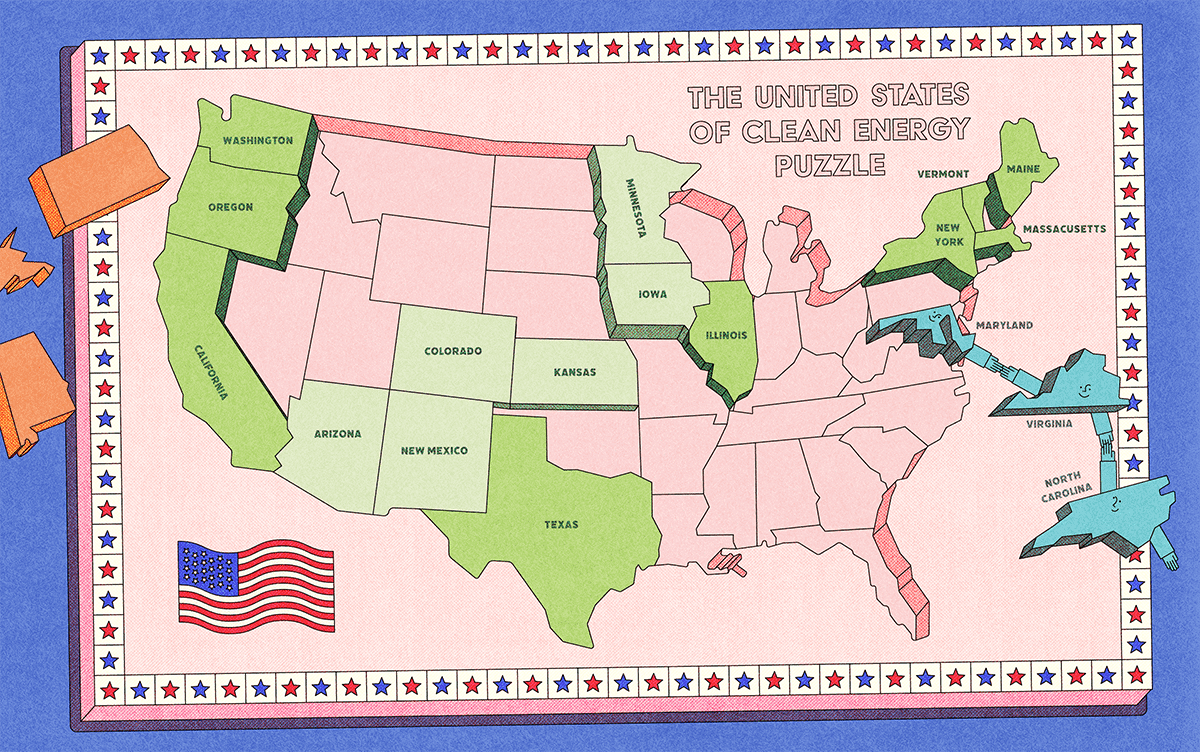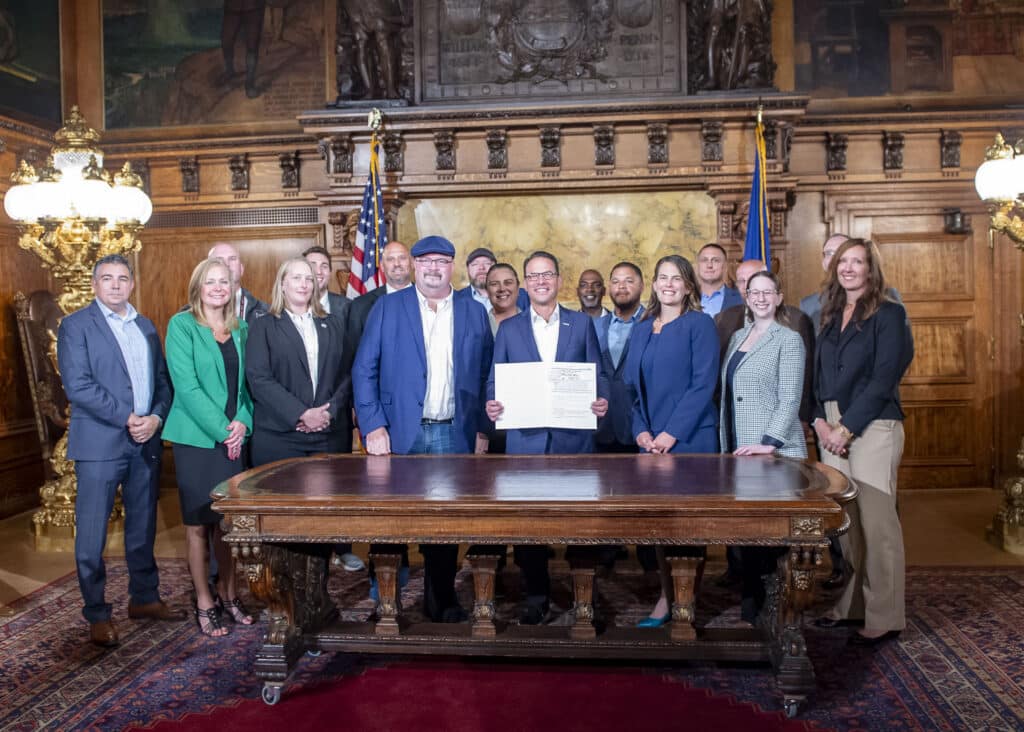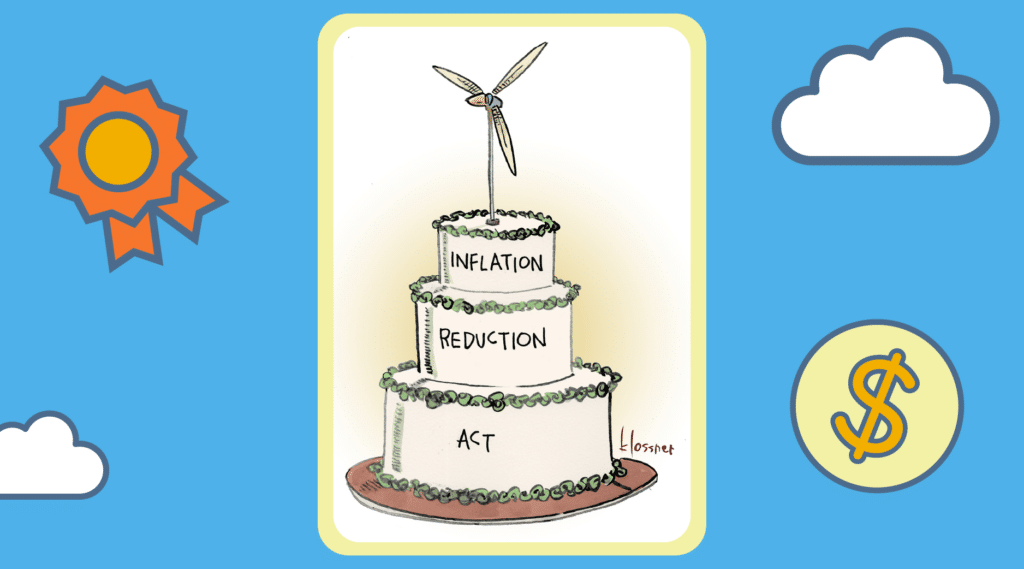A Bloomberg study in 2015 found a compelling pattern about how social change happens in the United States. The pattern is this: Throughout history, a few states took the initiative on passing laws about important issues – interracial marriage, women’s suffrage, same-sex marriage, to name a few. Then a key event triggered more states to follow suit, leading to changes in federal laws establishing, for example, people’s right to marry who they love and women’s right to vote.
Could a similar pattern follow for meaningful action on the climate crisis? We hope so. For years, states and tribal nations have taken the lead on bold climate action. Let’s take a look at both new and long-standing efforts by states to reduce carbon emissions and help the nation transition to a clean energy future – regardless of federal action.
Laws that move states toward 100% clean energy
In July, Oregon Gov. Kate Brown signed a bill into law that moves the state toward 100% clean energy by 2040, tying with New York for the fastest statewide timeline. Oregon joins 15 other states and U.S. territories that are on a 100% clean or renewable energy path either by legislation or executive order.
As of the passage of this Oregon law, 31 states have adopted renewable portfolio standards and increased those standards over time. These efforts collectively have produced more than 10% of this country’s electricity from renewable sources as of 2019.
State renewable portfolio standards collectively have produced more than 10% of this country’s electricity from renewable sources
In addition to these state governments, tribal nations are also at the forefront of efforts to curb climate change and protect their way of life. Nearly 50 of them have climate action plans in effect across North America, following in the steps of the Swinomish nation in the Pacific Northwest. The Swinomish were the first Native community to create climate adaptation plans, which include plans to protect salmon runs.
Coalitions to support global climate efforts
When the previous federal administration withdrew from the Paris Climate Accords in 2017, it prompted the formation of several coalitions to support global efforts to slow climate change. Those coalitions include the U.S. Climate Alliance, We Are Still In and America’s Pledge.
A group of 25 governors formed the U.S. Climate Alliance, pledging to meet the goals of the Paris Agreement and to keep temperatures below 1.5 degree Celsius. Together these states represent 62% of the U.S. economy, 56% of the U.S. population, and 43% of the country’s greenhouse gas emissions. These governors are committed to reducing their collective net carbon emissions by more than a quarter by 2025 and at least by half by 2030 (both below 2005 levels), and achieving overall net-zero emissions no later than 2050.
The US Climate Alliance states represent 62% of the U.S. economy, 56% of the U.S. population, and 43% of the country’s greenhouse gas emissions
We Are Still In represents a diverse coalition of 3,900 chief executive officers, mayors, governors, tribal leaders, college presidents, faith leaders, health care executives, and more. Former New York Mayor Michael Bloomberg and former California Governor Jerry Brown created America’s Pledge initiative. The initiative pledges to collect data on climate actions, share findings, and create climate action roadmaps for businesses, cities, and states. These efforts are important because most Americans think the U.S. should participate in the Paris Agreement.
Regional partnerships
REV Midwest
In October 2021, the governors of Illinois, Indiana, Michigan, Minnesota, and Wisconsin created a bipartisan plan to build a regional charging network for electric vehicles. REV Midwest is expected to create demand for electric vehicles, and result in improved public health and cleaner air and water. Additionally, the governors expect this plan to spur economic growth with jobs for clean energy manufacturing and to encourage the widespread adoption of electric vehicles.
Regional Greenhouse Gas Initiative

In 2009, an alliance of states formed the Regional Greenhouse Gas Initiative (RGGI) to reduce carbon dioxide emissions from power plants. Today that initiative is made up of 11 Eastern states: Connecticut, Delaware, Maine, Maryland, Massachusetts, New Hampshire, New Jersey, New York, Rhode Island, Vermont and Virginia. Since its formation, RGGI has decreased its emissions by more than 50%. When it first began, it was only the second program in the world to regulate emissions, inspiring subsequent carbon pricing programs that drew on lessons RGGI learned.
All of these efforts by states are paving the way for federal lawmakers. Perhaps we’re starting to see the first promising signs of meaningful investments to confront the climate crisis with the recently passed infrastructure bill headed to President Biden’s office. That bill includes $47 billion for climate resilience, representing the largest investment the U.S. has ever made to curb the effects of climate change. Now we’ll have to wait and see if Congress passes the reconciliation bill with an even larger investment, $555 billion, to prevent the worst climate change impacts.
Regardless of the outcome of that larger spending bill, it’s clear states have the power to move the needle on climate change regardless of federal action or inaction.
















